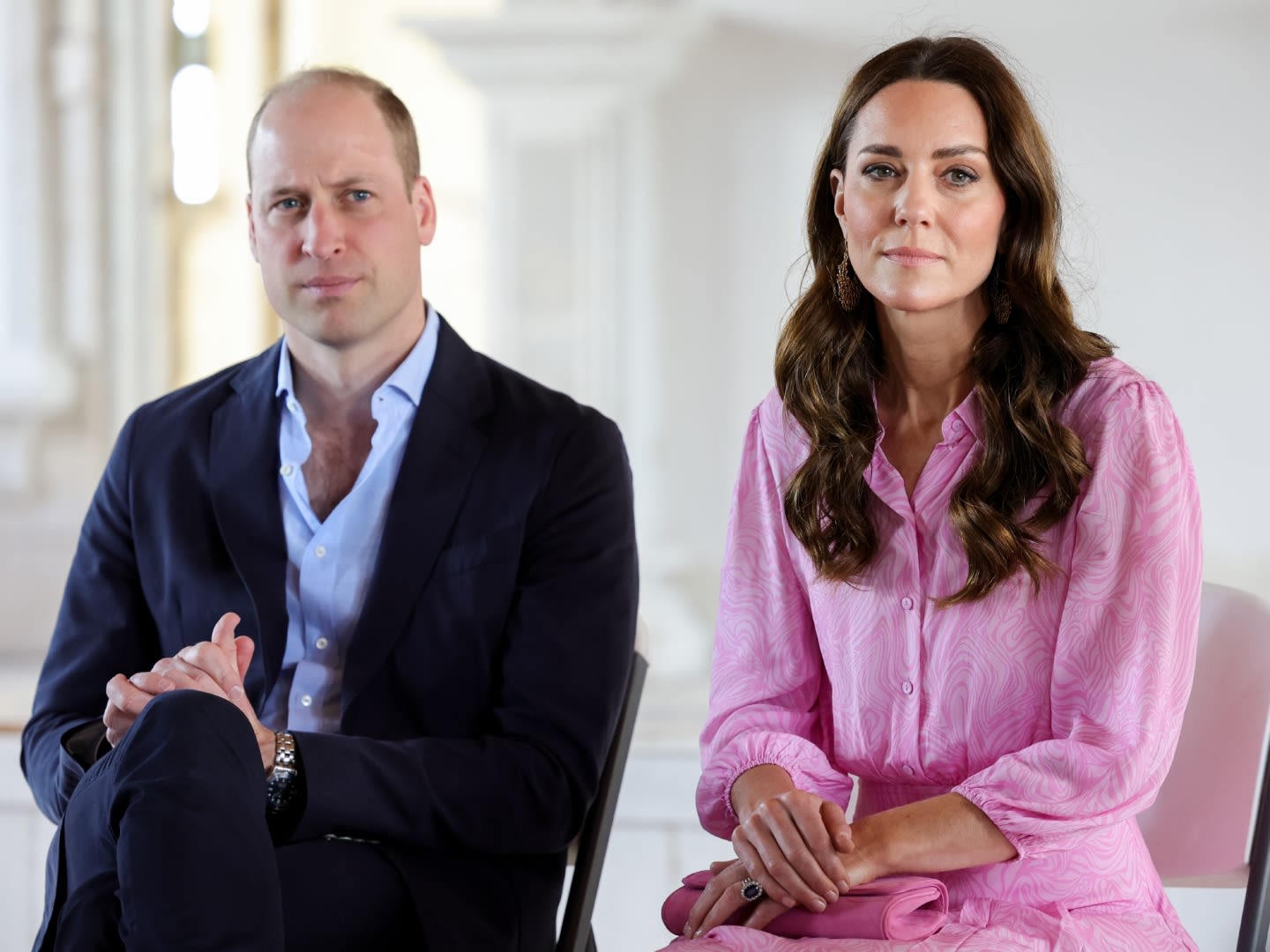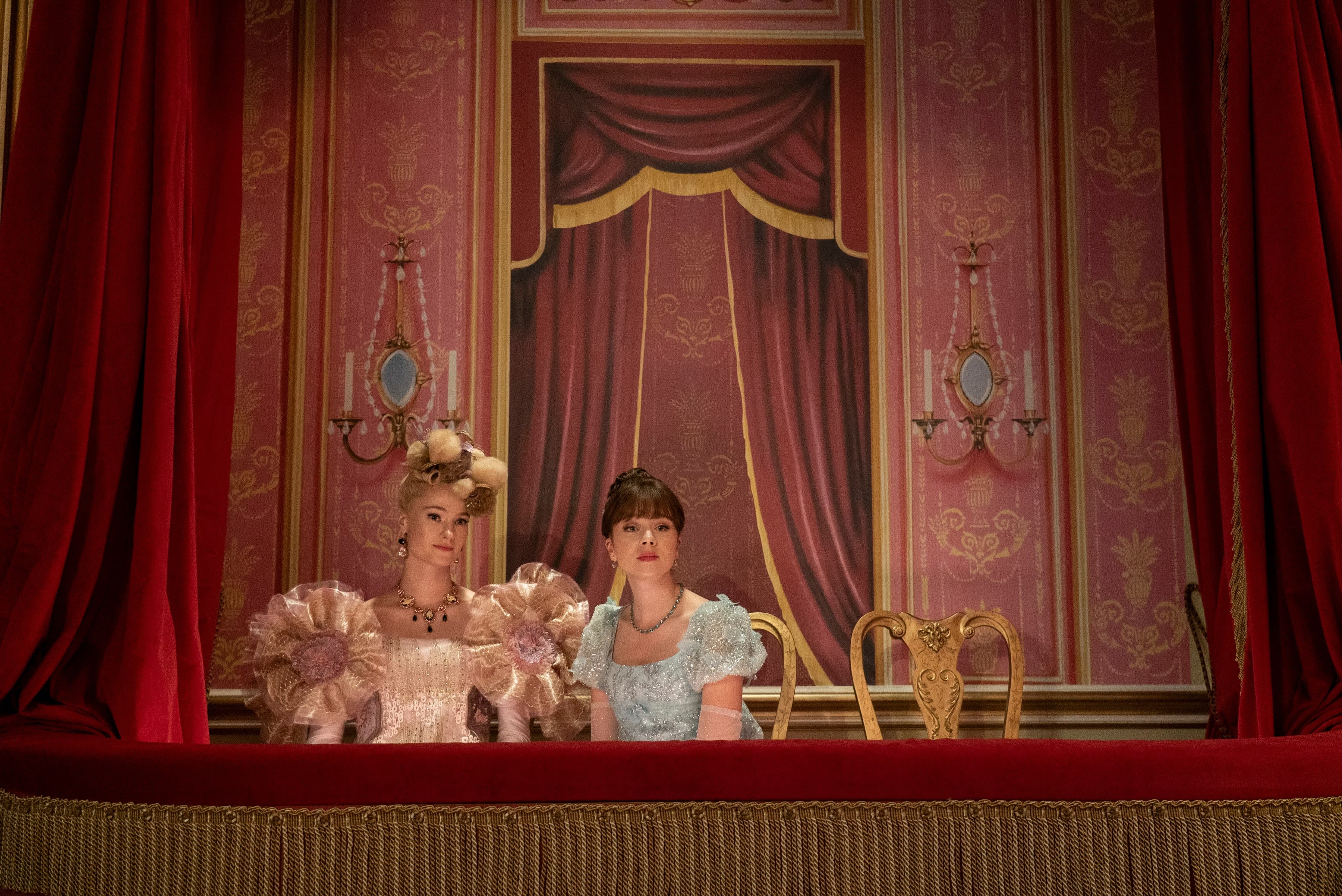Search results
People also ask
What is the triangular theory of Love?
What theories explain the psychology of Love?
What are the origins and psychology of Love?
What are the three components of love according to Sternberg?
Sep 20, 2022 · Love is a powerful, complex emotional experience that involves changes in your body chemistry, including your neurotransmitters (brain chemicals). It impacts your social relationships...
- Nancy Lovering
- Nonlove. The first type of love that Sternberg introduces is nonlove, which is when none of the three components of love are present in a relationship (Sternberg, 1986).
- Liking (also called friendship) The second type of love that Sternberg introduces is liking, which is when the intimacy component of love is present in a relationship, but the passion and decision/commitment components are not (Sternberg, 1986).
- Infatuation. The third type of love that Sternberg introduces is infatuated love, which is when the passion component of love is present in a relationship, but the intimacy and decision/commitment components are not (Sternberg, 1986).
- Empty Love. The fourth type of love that Sternberg introduces is empty love, which is when the decision/commitment component of love is present in a relationship, but the intimacy and passion components are not (Sternberg, 1986).
News about Texas, Kaley Cuoco, Mike Johnson
News about recasting, season 1, Brooklynn
News about William, Bridgerton, Prince of Wales
Also in the news
- Friendship. This type of love is when the intimacy or liking component is present, but feelings of passion or commitment in the romantic sense are missing.
- Infatuation. Infatuation is characterized by feelings of lust and physical passion without liking and commitment. There has not been enough time for a deeper sense of intimacy, romantic love, or consummate love to develop.
- Empty Love. Empty love is characterized by commitment without passion or intimacy. At times, a strong love deteriorates into empty love. The reverse may occur as well.
- Romantic Love. Romantic love bonds people emotionally through intimacy and physical passion. Partners in this type of relationship have deep conversations that help them know intimate details about each other.
Feb 12, 2024 · Psychologists and researchers have proposed several different theories of love to explain how it forms as well as how it endures. Here are five of the major theories proposed to explain the psychology of love and other emotional attachments .
Oct 14, 2023 · The Triangular Theory of Love proposes eight different types of love, each characterized by a unique combination of the three elements. These types include non-love, liking, infatuated, empty, romantic, companionate, fatuous, and consummate love.
May 19, 2020 · In this paper, a quadruple framework of attraction, resonance or connection, trust, and respect are proposed to explain the meaning of love. The framework is used to explain how love grows and dies and to describe brand love, romantic love, and parental love.
The triangular theory of love is a theory of love developed by Robert Sternberg. In the context of interpersonal relationships, "the three components of love, according to the triangular theory, are an intimacy component, a passion component, and a commitment component." [1]






